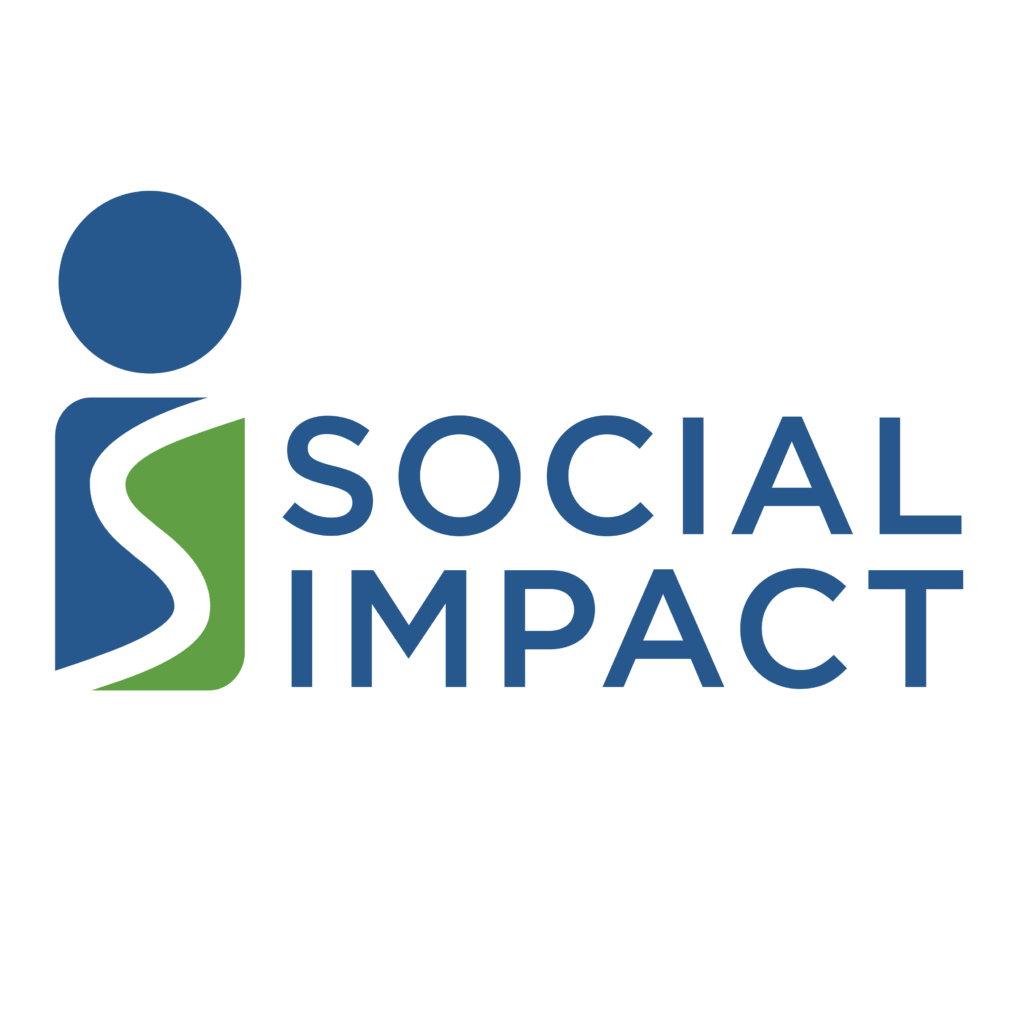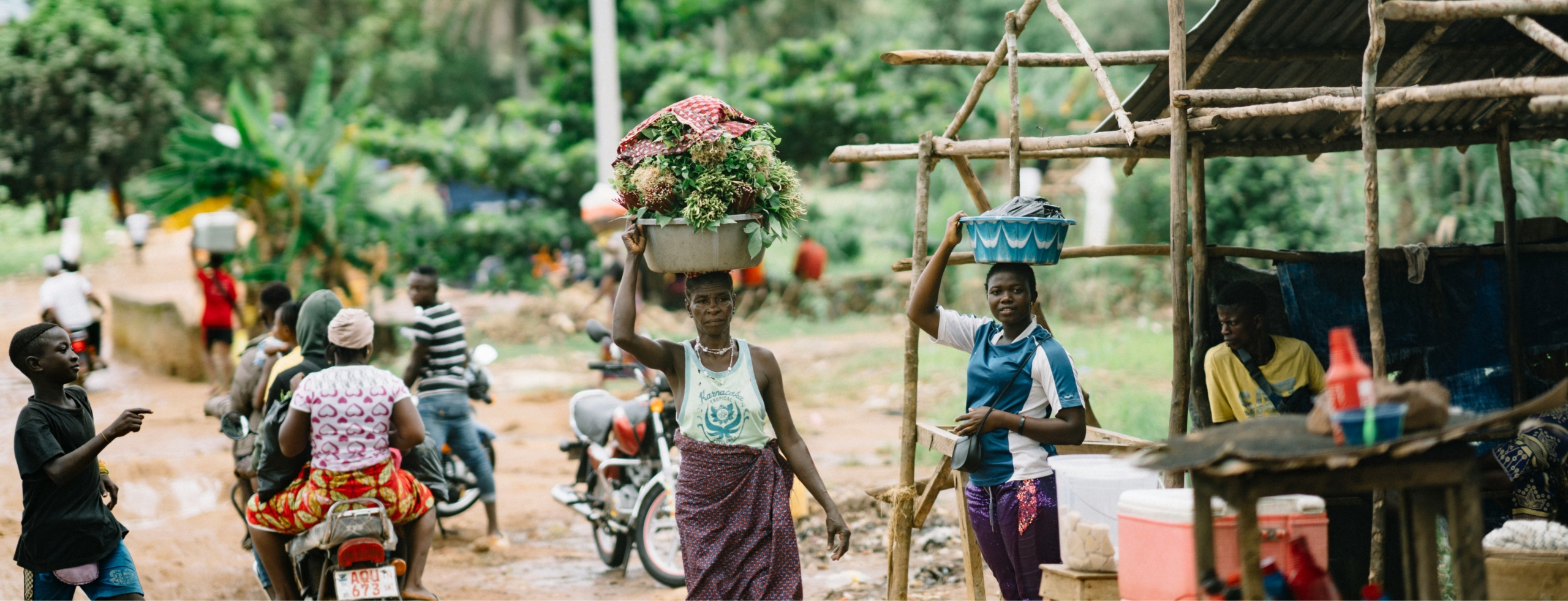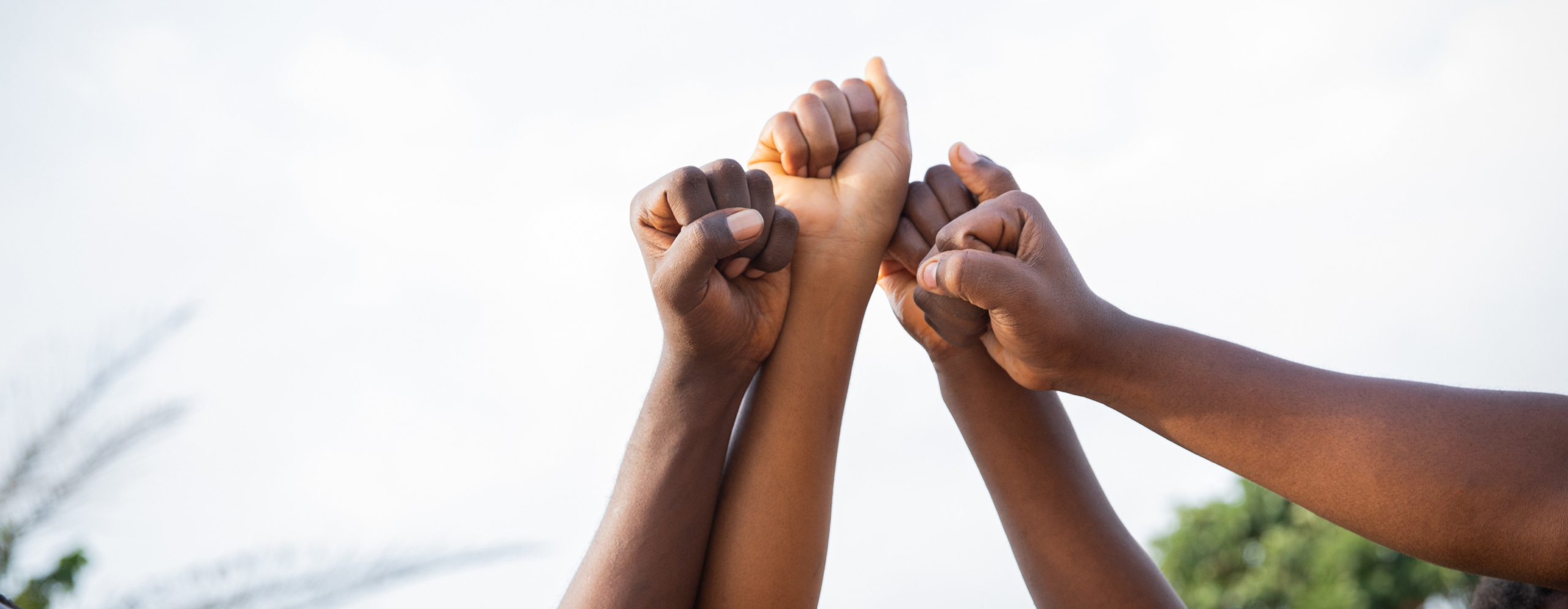Ethiopia is the second most populous country in Africa with more than 115 million people, of which roughly 30% are youth ages 15-29. Despite Ethiopia’s position as the fastest growth economy in the region, the average income in Ethiopia is very low and roughly 30% of the population are impoverished. Youth have literacy rates of 28% and 49% (for women and men respectively) and significant rates of unemployment and underemployment. In response to the Government of Ethiopia’s (GoE) efforts to improve employment opportunities, the United States Agency for International Development (USAID) launched the Building the Potential of Youth (BPY) Activity in 2015. This five-year project, implemented by USAID and Save the Children, aimed to provide rural Ethiopian youth with access to workforce development and livelihood support to strengthen their skills and increase their earning potential.
In 2017, Social Impact’s (SI) Ethiopia Performance Monitoring and Evaluation Services (EPMES) team was contracted to evaluate the Activity and its sub-activities. The three-phase Youth Cohort Study (YCS), one component of the larger BPY Activity evaluated by EPMES, tracked the outcomes and changes for beneficiaries from four Ethiopian regions over the course of a year.
The Study
The YCS aimed to examine whether youth who participated in workforce development and livelihood support through BPY earned a higher income and acquired the necessary skills, knowledge, and social capital to achieve economic self-sufficiency. To measure this, the three-round study (baseline, midline and endline) used qualitative and quantitative approaches to measure changes in income, employment status, work readiness skills, knowledge of and access to employment/entrepreneurial resources, and functional literacy and numeracy skills. At the three points of the study, data were collected through surveys, focus group discussions, interviews, and meetings for 458 participants.
Results
SI’s study findings show that after a year of the BPY Activity, participating youth noted significant changes in employment, skills, savings practices, and attitudes toward employment. The YCS reported an increase of 21% in employment among youth studied between the baseline data and endline data after 12 months. Though employment grew among all study participants, male and female, from all regions, the data reported higher increases in income for male beneficiaries than female. Of those employed, 88% were self-employed, with agriculture and trading as the primary occupations.
Work readiness skills also improved during the year, with study respondents recording increased expertise in business management, job application writing, and job research skills. These improved skills resulted in youth recording a greater sense of empowerment in searching for employment or creating self-employment from their training. The effects transferred into many aspects of the participants’ personal lives including health and personal finance, with youth increasing the amount of income saved by 80% after one year.
The study identified several constraints that prevented youth from being self-employed including access to capital, land, and working spaces. Additional challenges were discovered for female participants attempting to find jobs in traditionally male dominated sectors. SI provided several recommendations in response to the data such as strengthening coaching and mentoring mechanisms, improving parental involvement in youth’s access to financial and marketing opportunities, and focusing on skill development and employment access for female youth.
Based on the YCS, the BYP team incorporated several adaptions to the program including recruitment of additional facilitators, adding workshops on technology and value chain, and improving the mentor training strategy. The YCS serves as an example of how continuous collection and utilization of data during development programming results in course corrections that can strengthen the effectiveness of development programs. The study will continue to inform stakeholders, USAID, the GoE, and BPY implementers on progress towards results.









